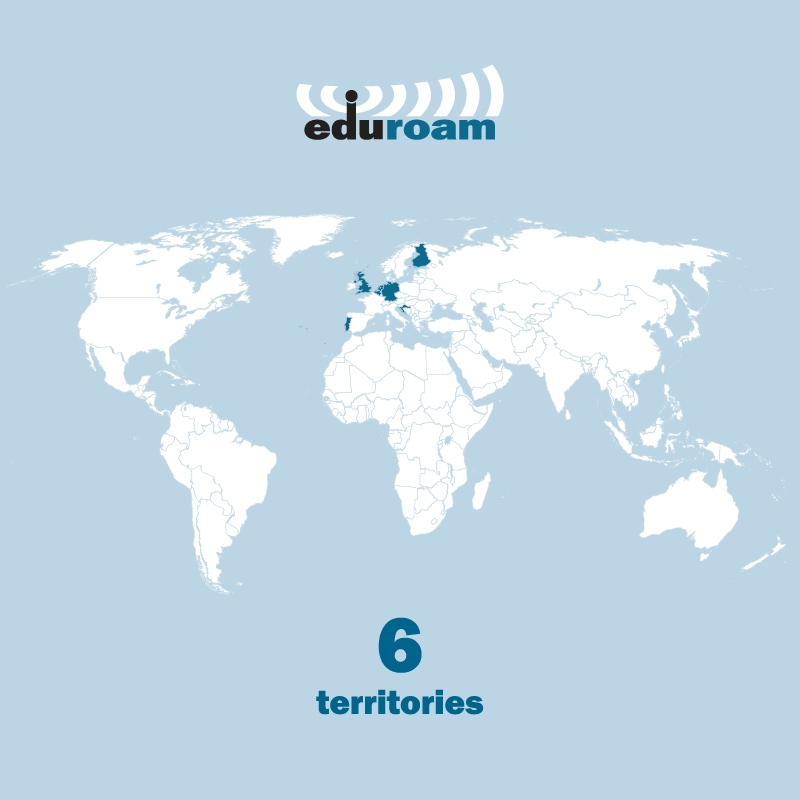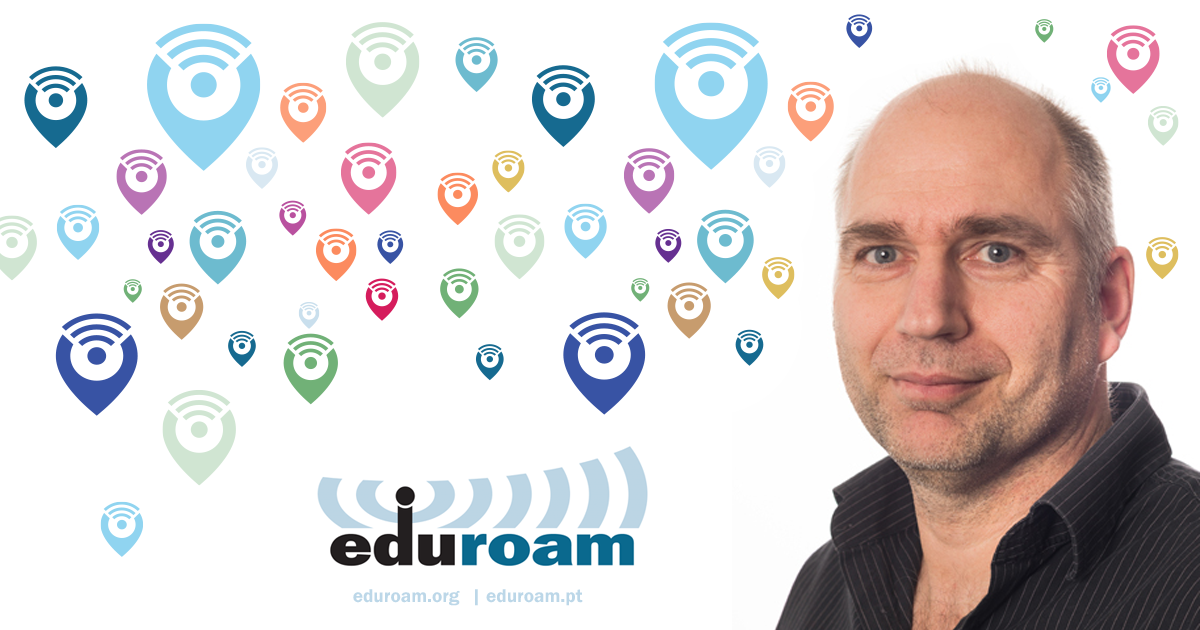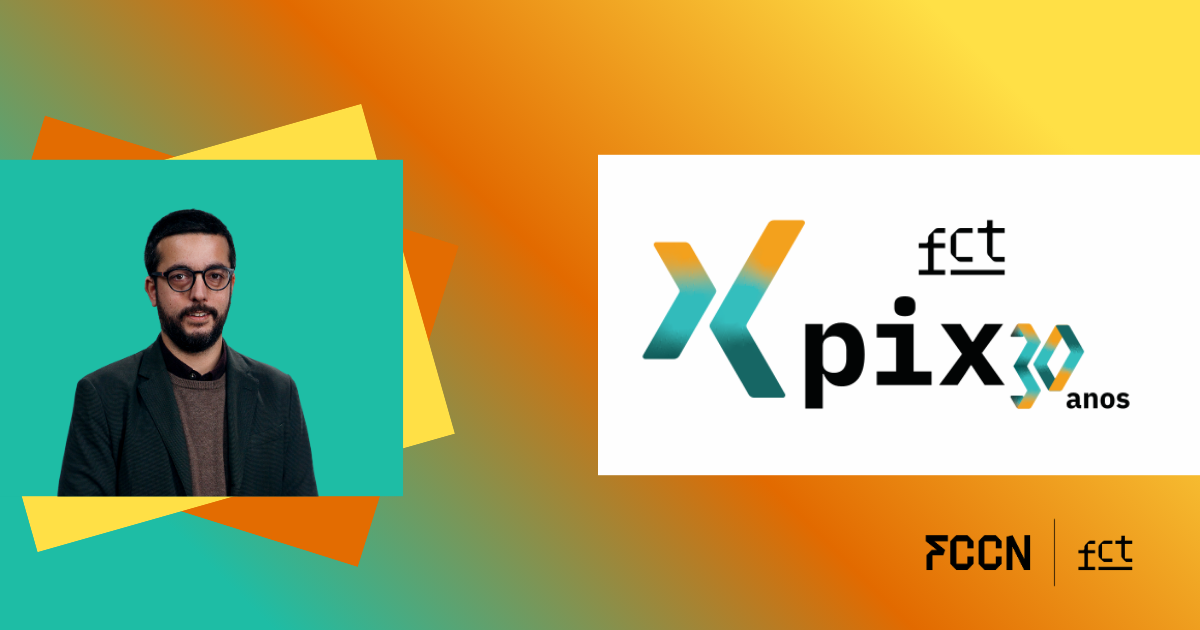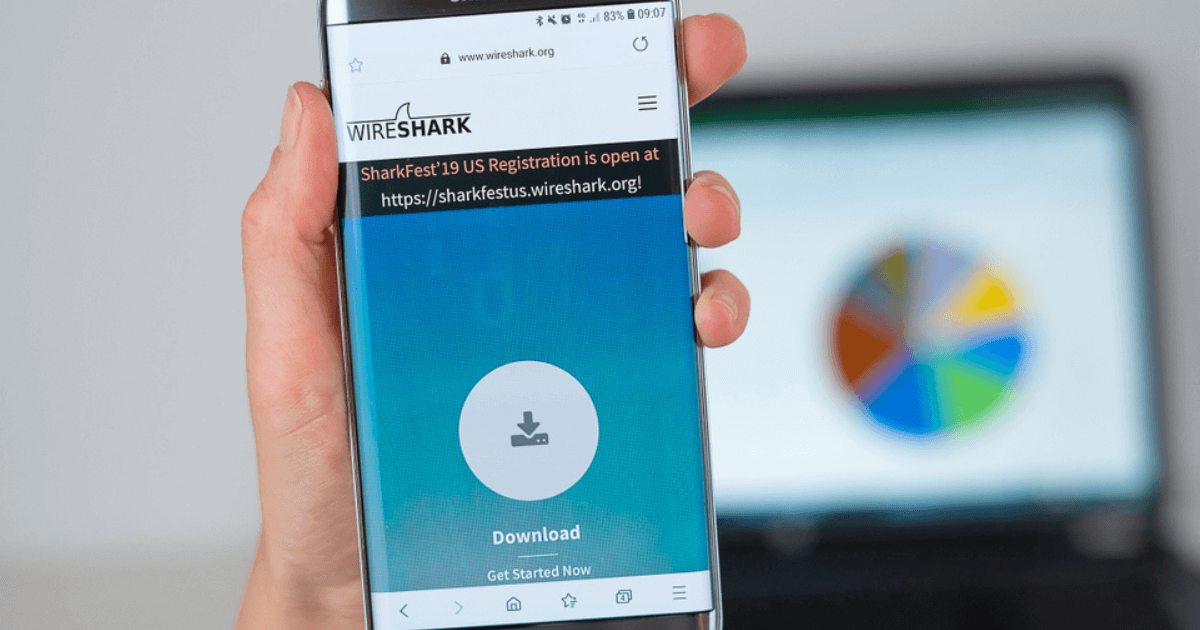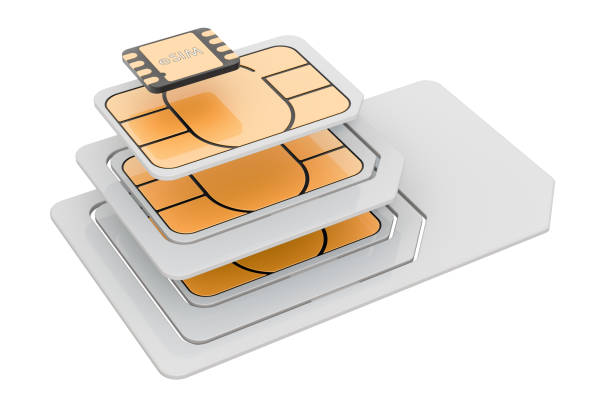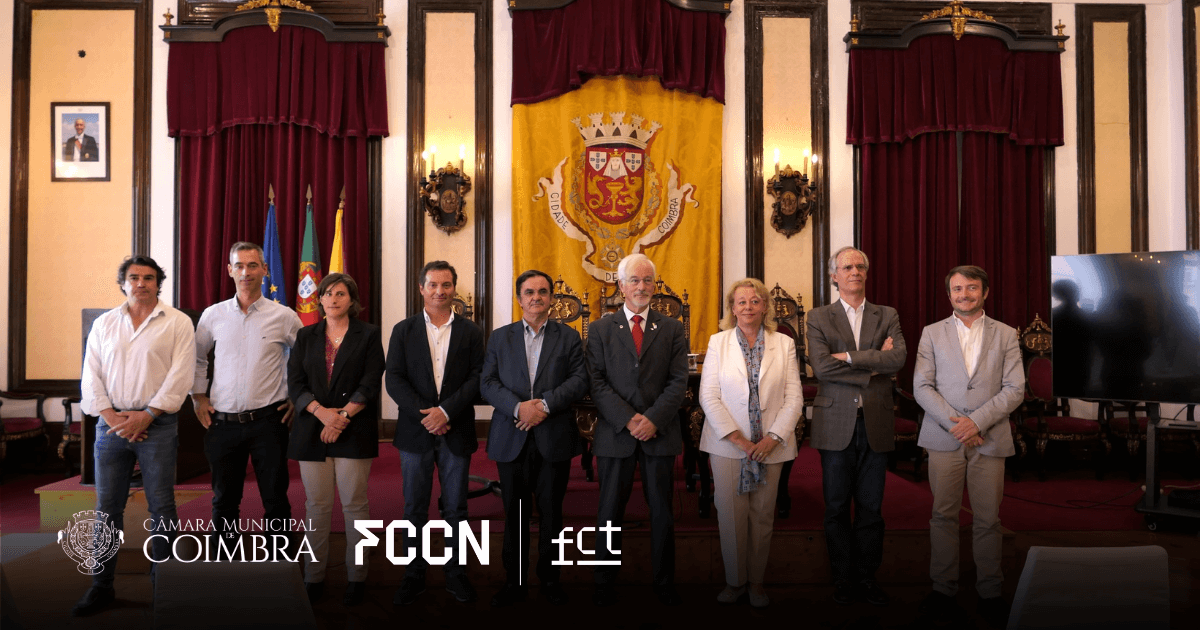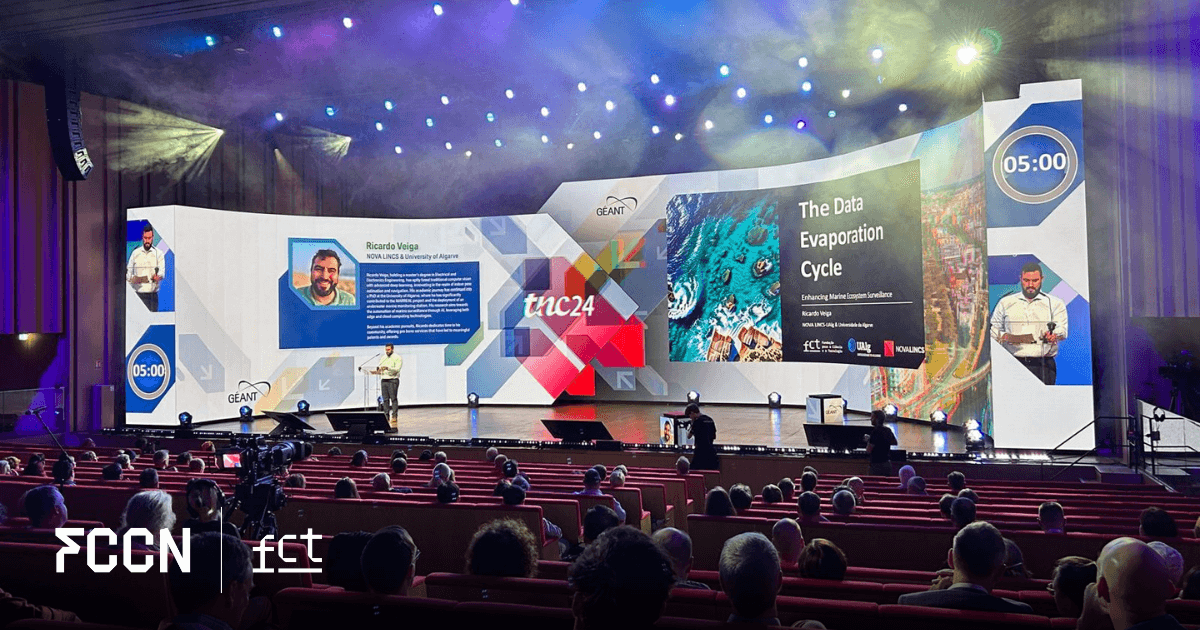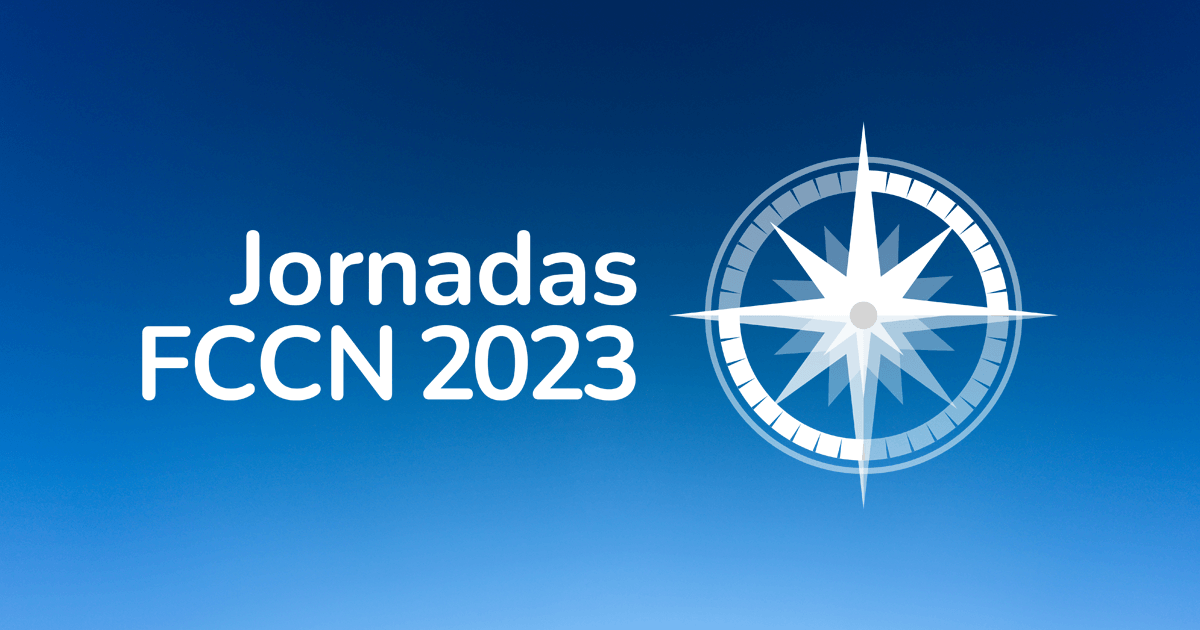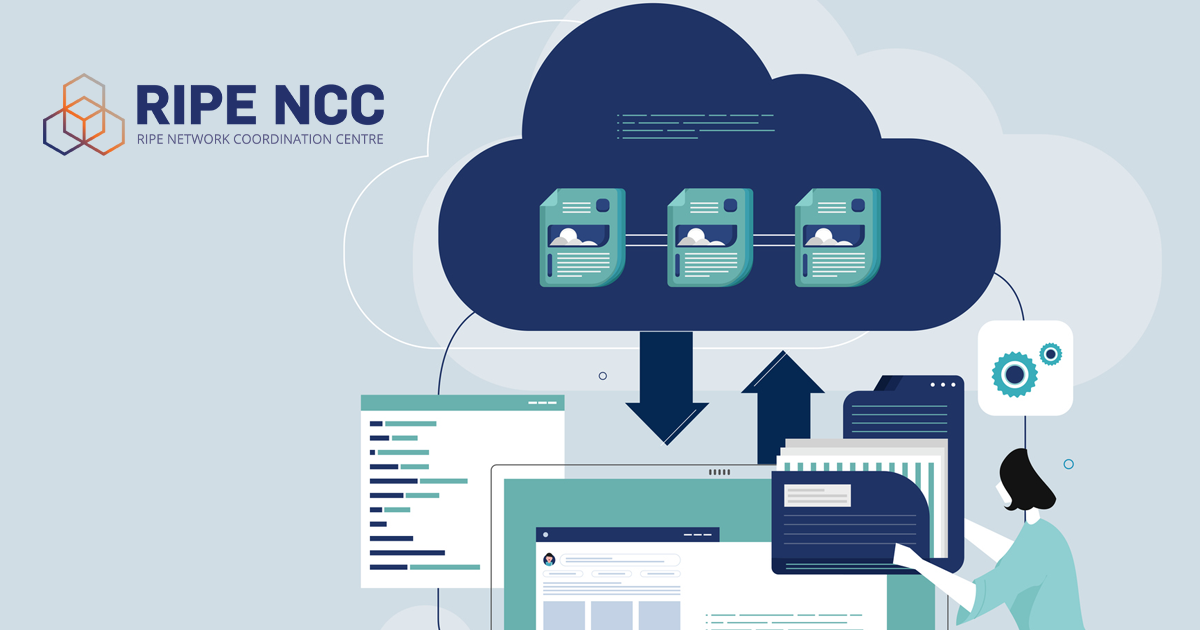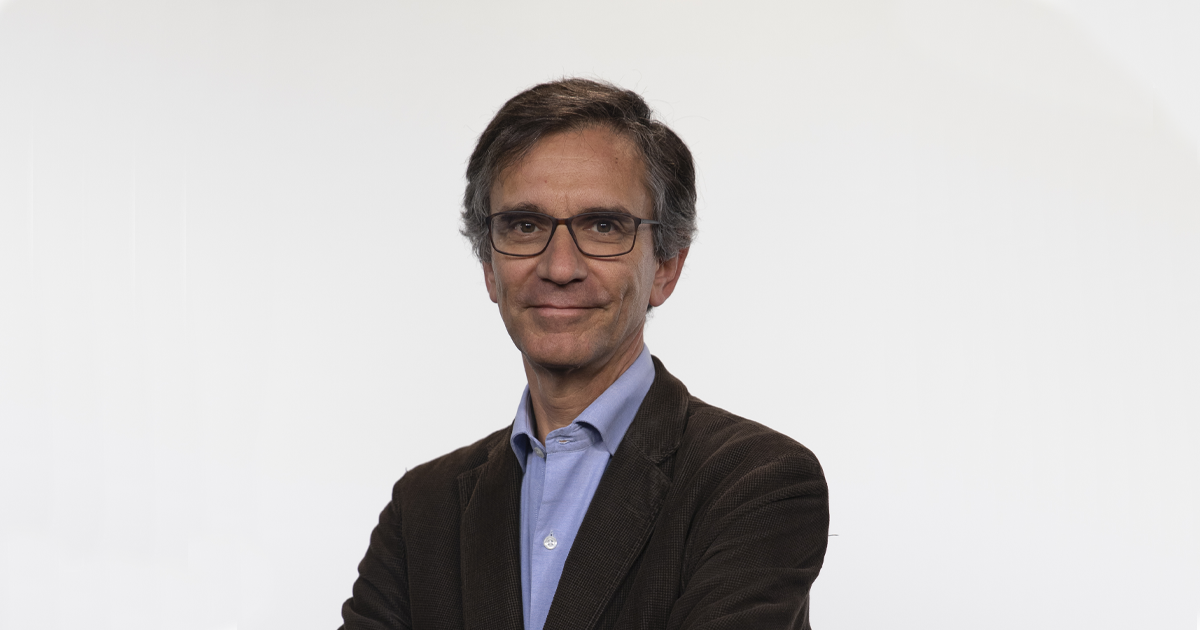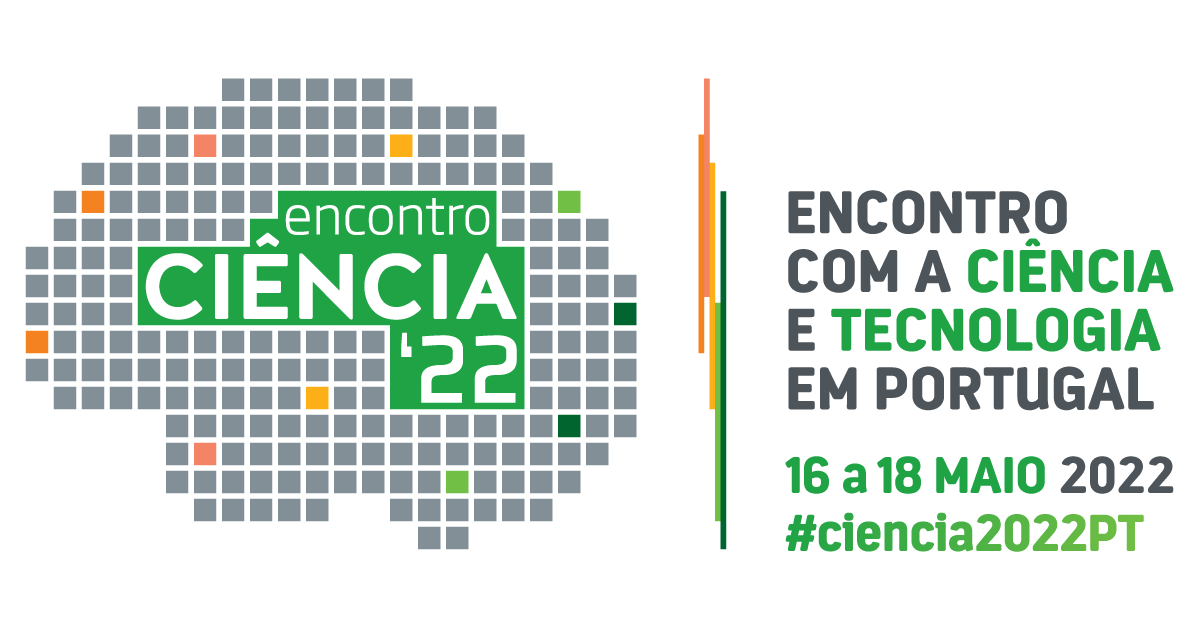It was in 2002 that Klaas Wierenga had the idea that would lead to the creation of eduroam and shape the future of European connectivity. In an interview with Unidade FCCN, the Dutchman highlights the project's strengths, emphasizing how it stems from the "genes" of the community of national education and research networks – "collaboration and mutual trust will continue to lead our path into the future."“
eduroam, about 10 years later
Can you describe the context that led to the creation of eduroam? What was its founding goal?
It all started when, in SURFnet [Dutch NREN], we were running a project called GigaPort. Part of that project involved installing so-called "access pilots" in student residences.
Our team was experimenting with connecting student residences with fiber, ADSL, and Wi-Fi. At the time, we were using the fiber standard. 802.1X to control network access and we already used RADIUS technology (Remote Authentication Dial In User Service) for our service dial-up. My idea was to combine these two technologies to enable authentication at the university using my SURFnet account. The University of Twente participated in a technical trial and decided to incorporate this feature into the construction of its new campus wireless. The institution that is now the University of Amsterdam followed suit. And the rest is history.
Shortly thereafter, Portugal would be one of the first six countries involved in the project. How important was this first step?
It was very important! At the time, we were essentially a group of geeks who was playing with technology. During the Portuguese presidency of the European Union [in 2007], the FCCN and the University of Porto championed the eU initiative, which was the first result of the eduroam production service on a national scale. This ultimately demonstrated that eduroam was viable on a "serious" scale.
Today, eduroam is a global brand, available in over 100 countries worldwide. Was this something you envisioned from the beginning? What were some of the most important milestones in this evolution?
I don't think anyone anticipated such success! I was thrilled when a university joined eduroam, then a second, until the University of Southampton joined the project, and suddenly, we were going international.
Our presentation, in collaboration with CARNet, during TNC was an important milestone. On the other hand, as I mentioned, the eU project was important. And, of course, the transformation of eduroam into a true service, about 10 years ago, marked the project's maturity.
I can still recall many other milestones, such as eduroam being available in airports, on trains and buses, at the Smithsonian Museum, etc. The fact that eduroam is now present on every continent in the world, with the exception of Antarctica, is also a wonderful thing.
Eduroam continues to be a prime example of collaboration between national research and education networks (NRENs). How do you think this international cooperation between NRENs has evolved over the years?
I don't think this collaboration has changed much over the years. When I returned to the teaching and research community after nine years at CISCO, I immediately felt like I'd stepped into a warm bath. We had—and still have—a fantastic collaborative environment that allows us, as they say in the United States, punch above our weight [to act at a higher level]. Together, we are much more than we are apart.
As you mentioned, over the past few years, we've seen eduroam expand into other "markets" or locations such as airports, train stations, and libraries. Do you feel this is an important path for the future of the service? How do you envision eduroam in 20 years?
I think this is a very important question. The larger the eduroam footprint, the more useful the service will be for everyone. With 4G and 5G technologies available to everyone, as well as the free roaming in the European community space (which, by the way, I think is great!), the issue is no longer limited to Internet access per se. Rather, it becomes linked to the high-quality connection to our networks, with secure access. In 20 years, I believe there will still be a place for the trust capital that characterizes the teaching and research community.
It may well be that protocols and technologies will change significantly by then. Technologies like Openroaming, for example, will allow the rest of the world to benefit from a service like eduroam, and we will have to adapt to that reality. But I believe we will continue to build services rooted in collaboration and mutual trust—those that are the genes of the national education and research network community and that will continue to lead our path into the future.
Visit the service page eduroam on our website for more information.
